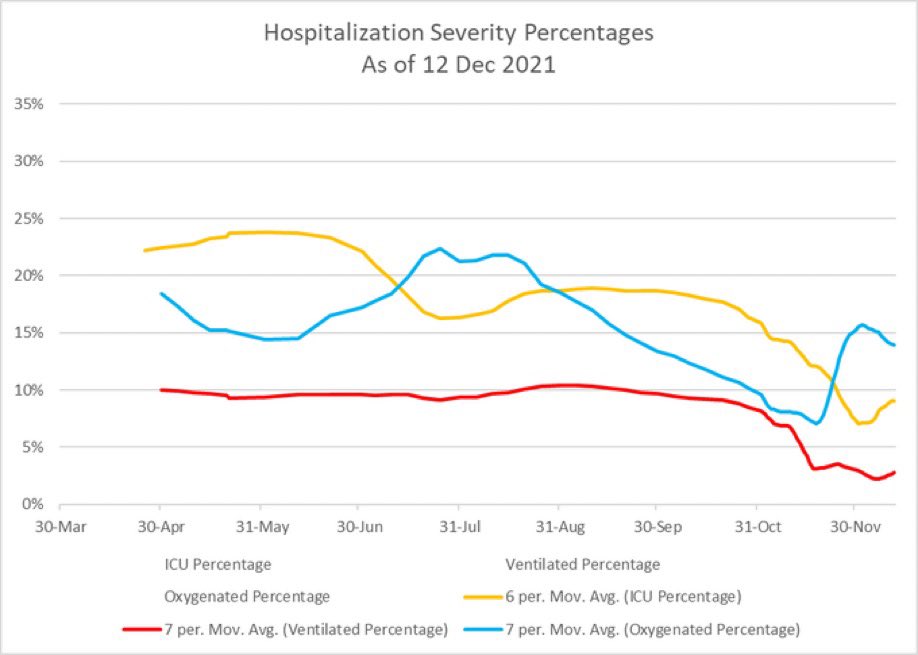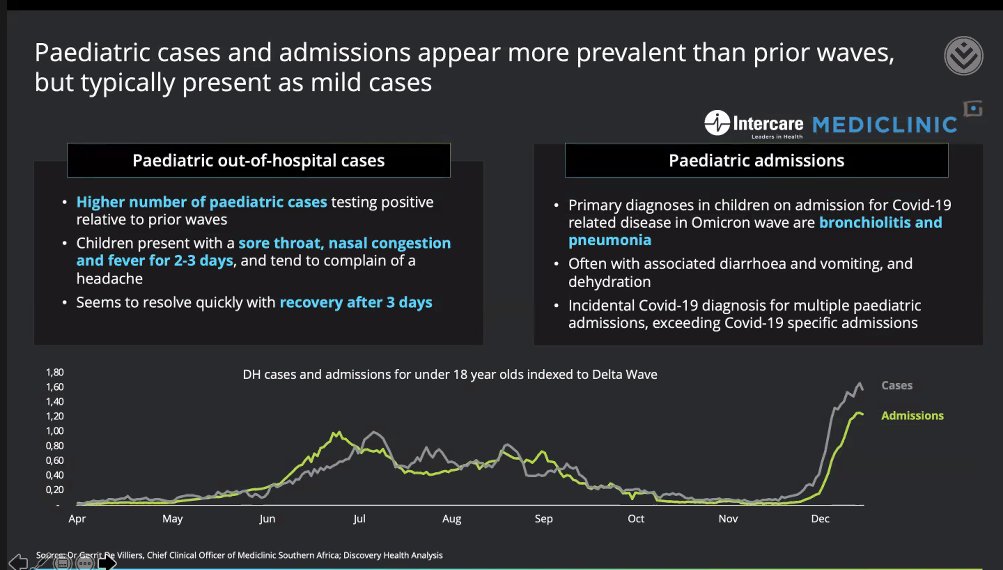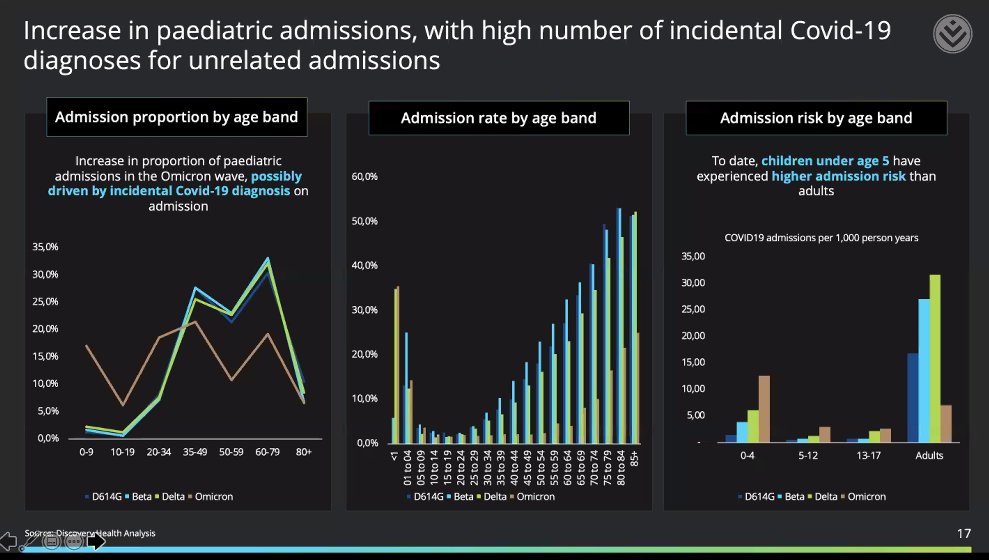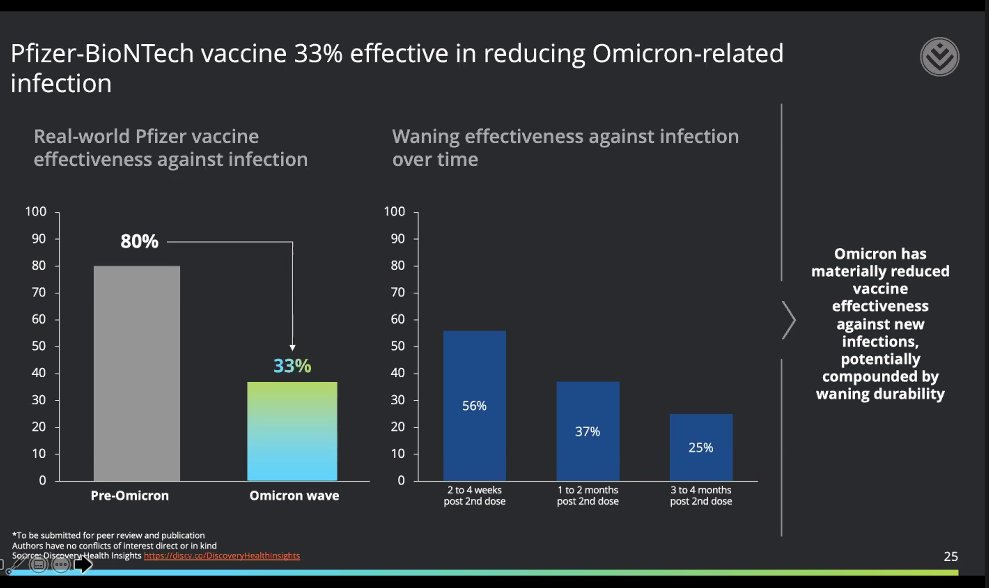Balazs Lab, 2h, 16 tweets, 7 min read
Until the pre-print posts, I figured I would put together a thread for those who want to see the data. Many thanks to @wilfredo_nk, @kstdenis29, @EvanCLam, @adamnitido, @NaranbhaiVivek who have been up at all hours of the night both at the bench and writing the paper!
We generated harmless pseudoviruses decorated with spikes that represent circulating Delta and Omicron spike proteins. Compared to the Wuhan isolate, Delta has 9 mutations in spike, but Omicron has 34!

When we map these mutations onto the structure of SARS-CoV-2 spike protein it's clear that many of these cluster together near the "top" of the spike, in regions exposed to neutralizing antibodies.

We tested 239 samples from people who were fully vaccinated with Moderna, Pfizer or J&J. Within these groups we had people who were recently vaccinated, who got their shot 6-12 mo ago, or who were recently boosted. We also separated people with prior infection.

We used a robot-based neutralization assay to quickly measure the activity of samples as compared to the WHO standard.

Here's what we saw for people who got Moderna:

Here's what the data looked like for people who got Pfizer:

Here's what it looked like for people who got J&J:

When we directly compared neutralization of the original Wuhan isolate by people who hadn't or had been boosted, we saw fairly small differences for mRNA vaccines and a fairly large one for J&J.

What was really surprising was that an mRNA booster made a huge difference in the ability of people to neutralize Omicron.

We also checked the infectivity of our pseudoviruses and saw clear differences between the variant strains we tested, with Omicron showing greater ability to infect cells than any other variant.

When we quantified the slopes of these infections, we found that Omicron was almost 4 times more infectious than the original strain. Even more than Delta!

Overall, our findings suggest that boosting is doing a lot more than simply increasing your titers. It seems to be broadening the antibody response to be better equipped to recognize diverse variants. Hopefully it will still work against whatever variant comes next!
I want to stress that all of this work has been done with pseudovirus which is a model of coronavirus, but there are plenty of caveats in measurements like ours. Keep in mind that the virus has plenty of other immune responses to contend with (like T cells or NK cells).
I also want to be sure to thank all of our incredible collaborators at @MGHPathology and @ragoninstitute including @blakemhauser, Jared Feldman and of course the entire @SchmidtLabHMS. Also thanks to the @MassCPR for their support!
For the curious few who may want to have the pre-print before it's available on MedRxiv, I've posted it to our lab webpage here:
balazslab.partners.org/publications.h…
All of our spike expression plasmids are with @Addgene now and should be available to distribute shortly!




 by rumbeando Mon Dec 13, 2021 10:13 pm
by rumbeando Mon Dec 13, 2021 10:13 pm



























